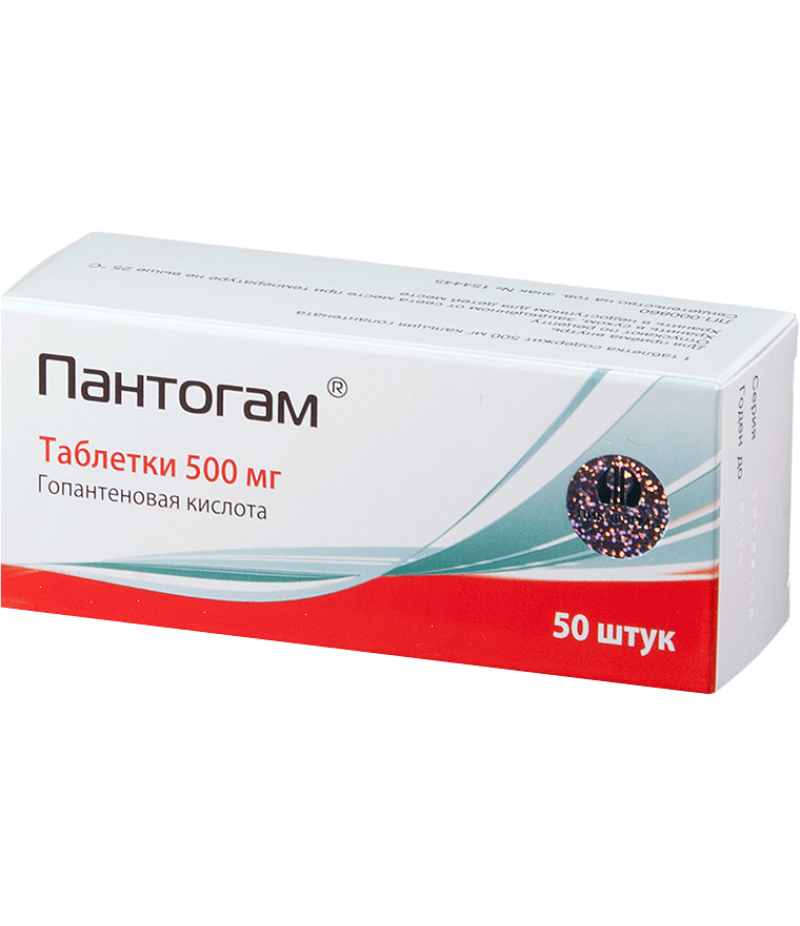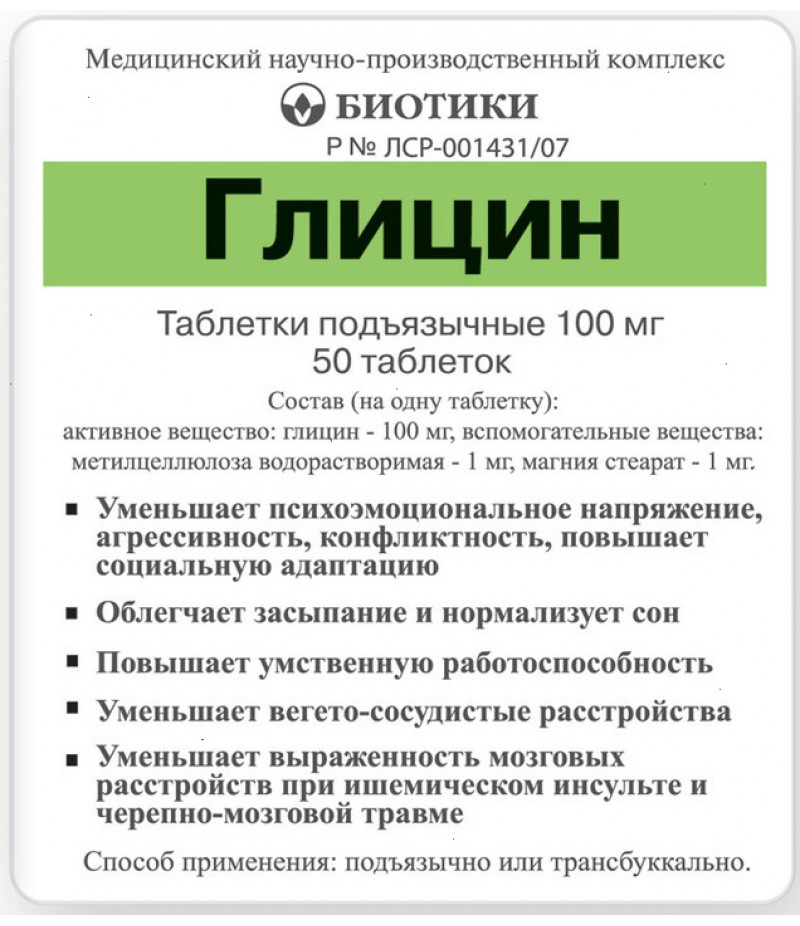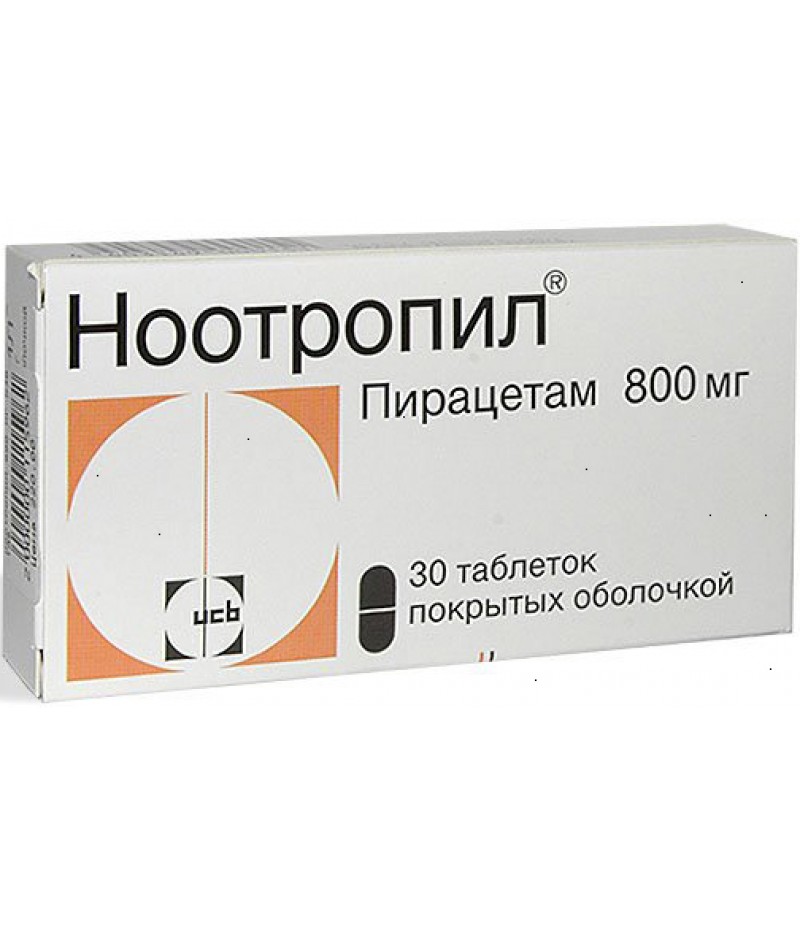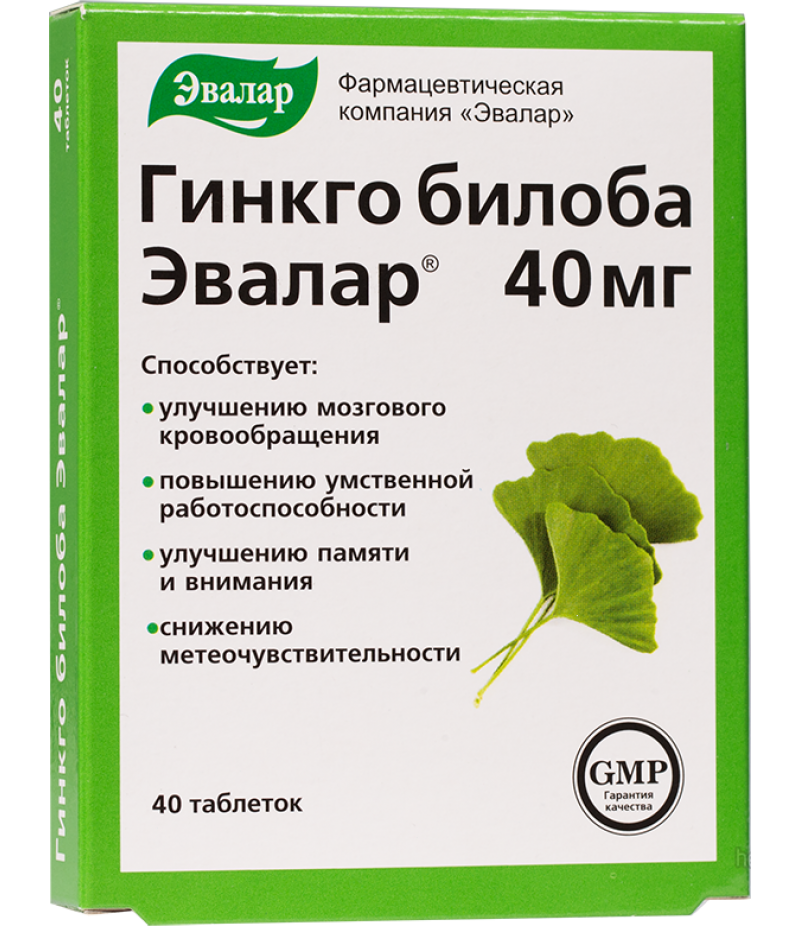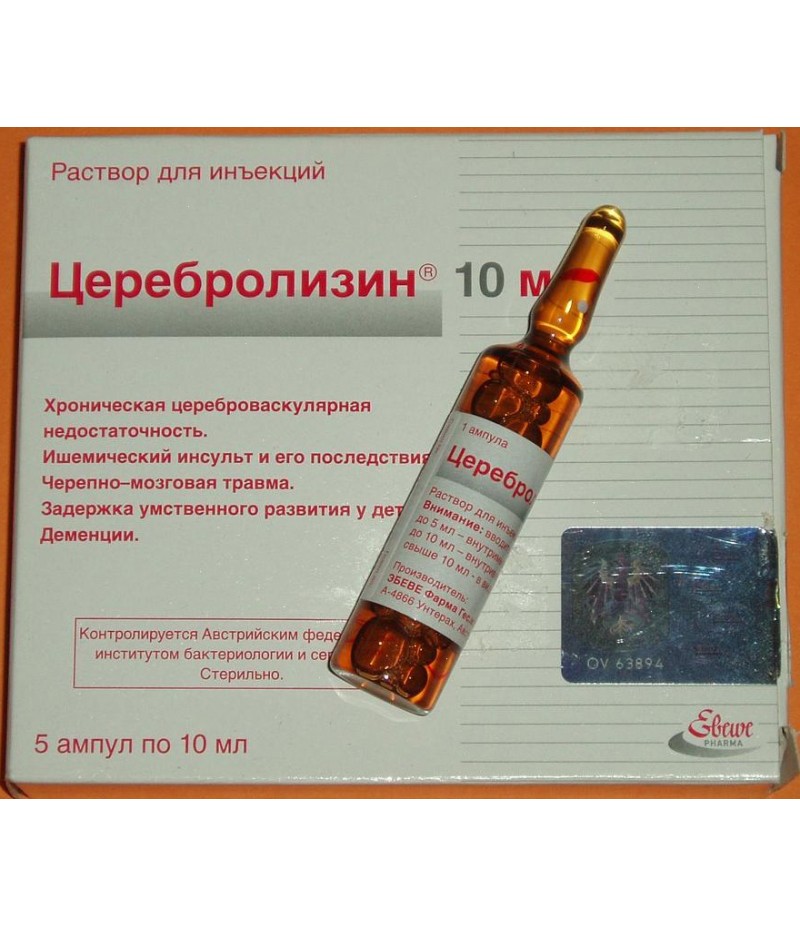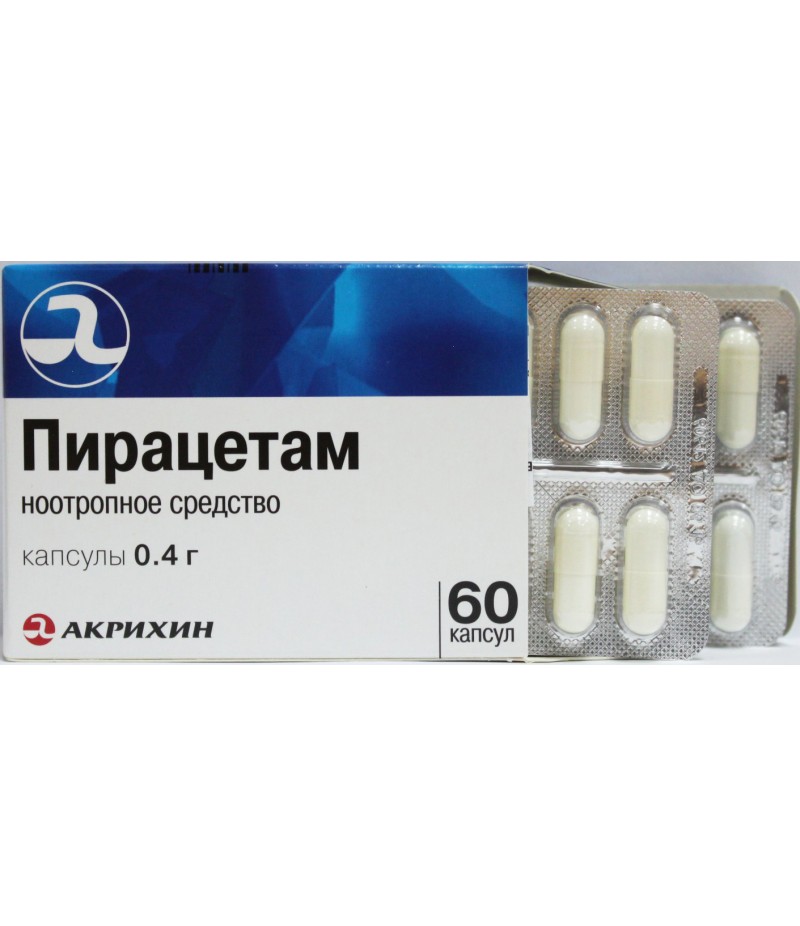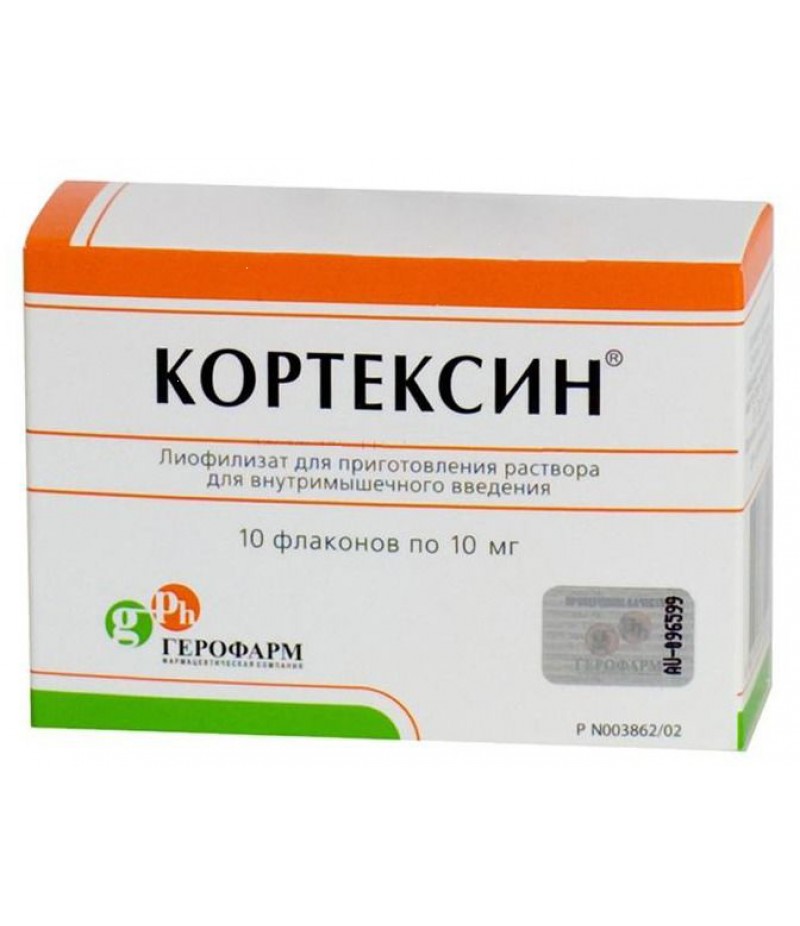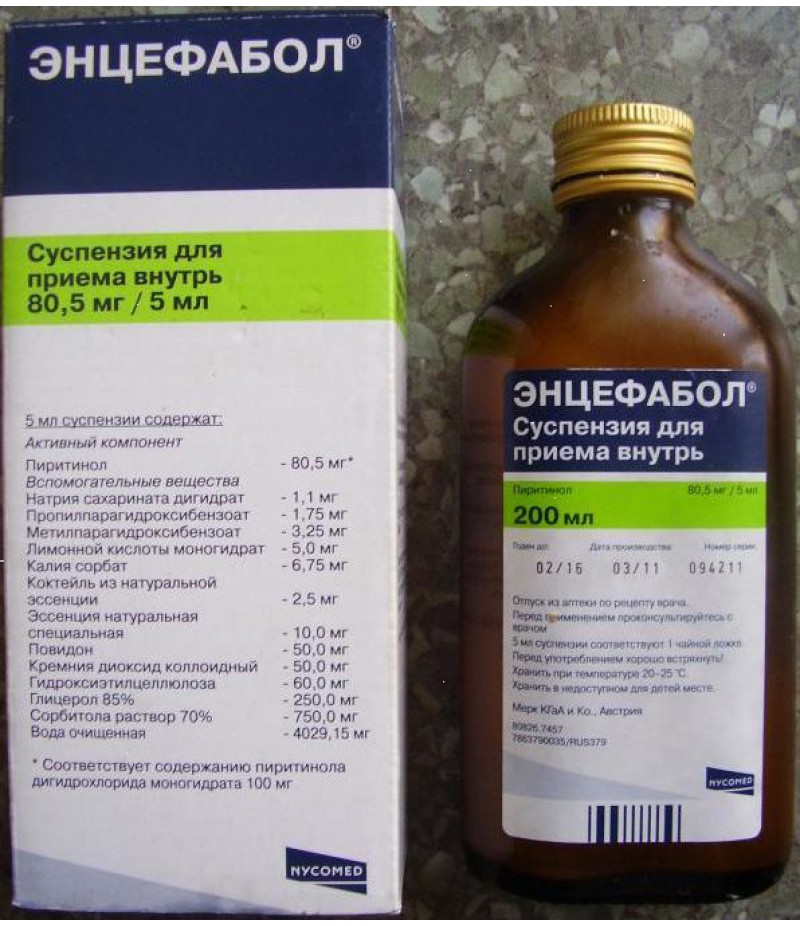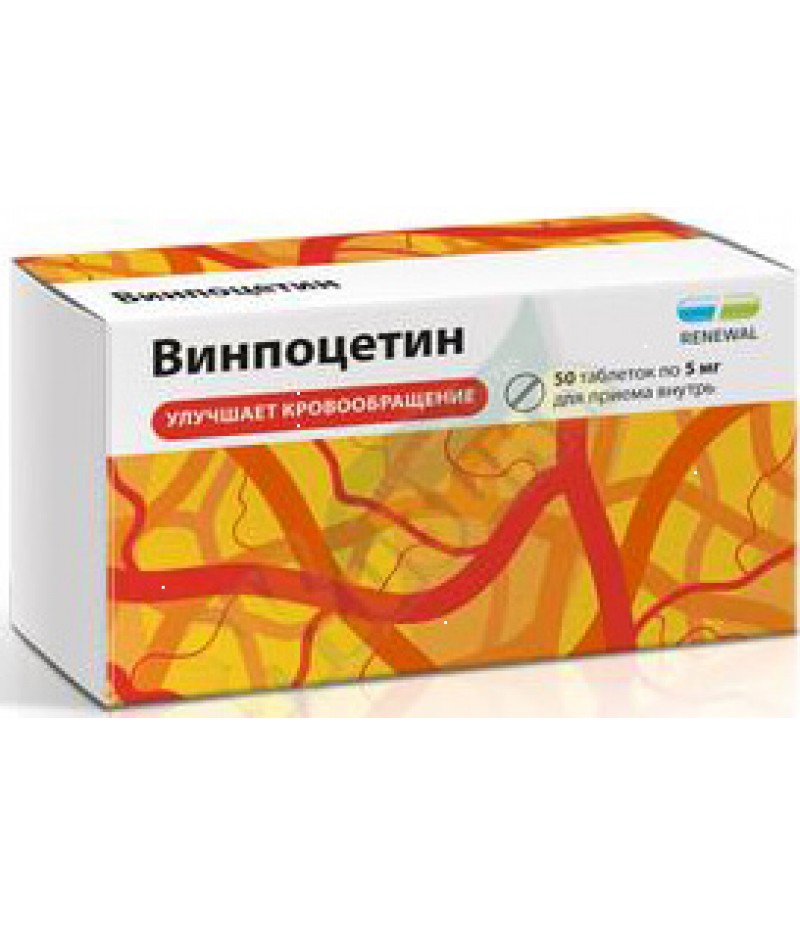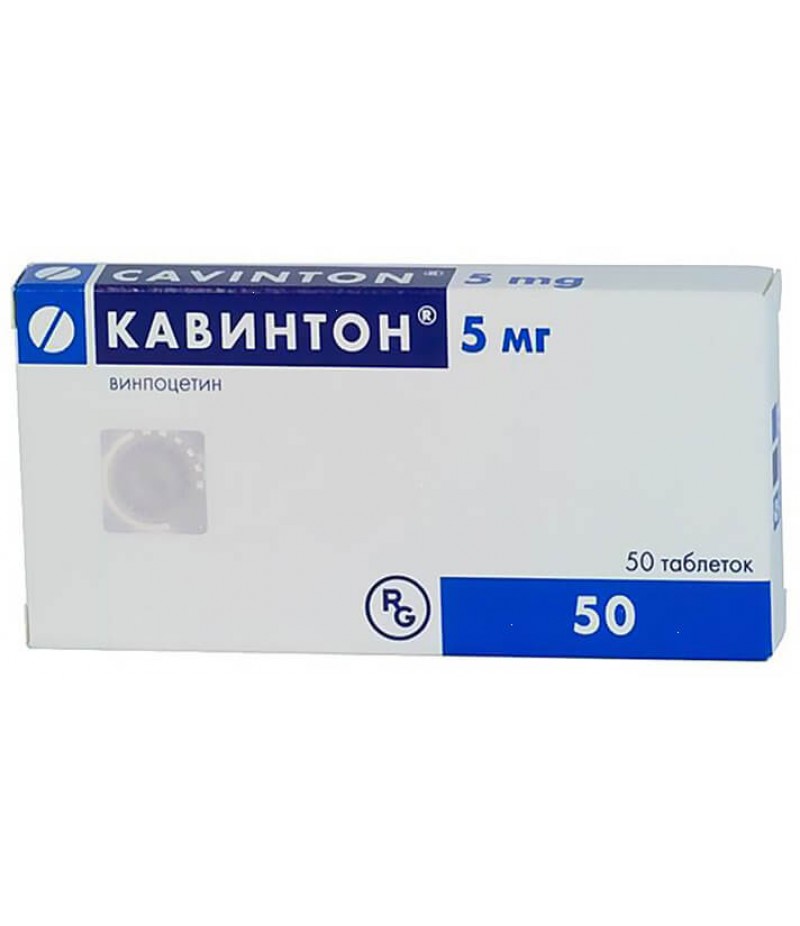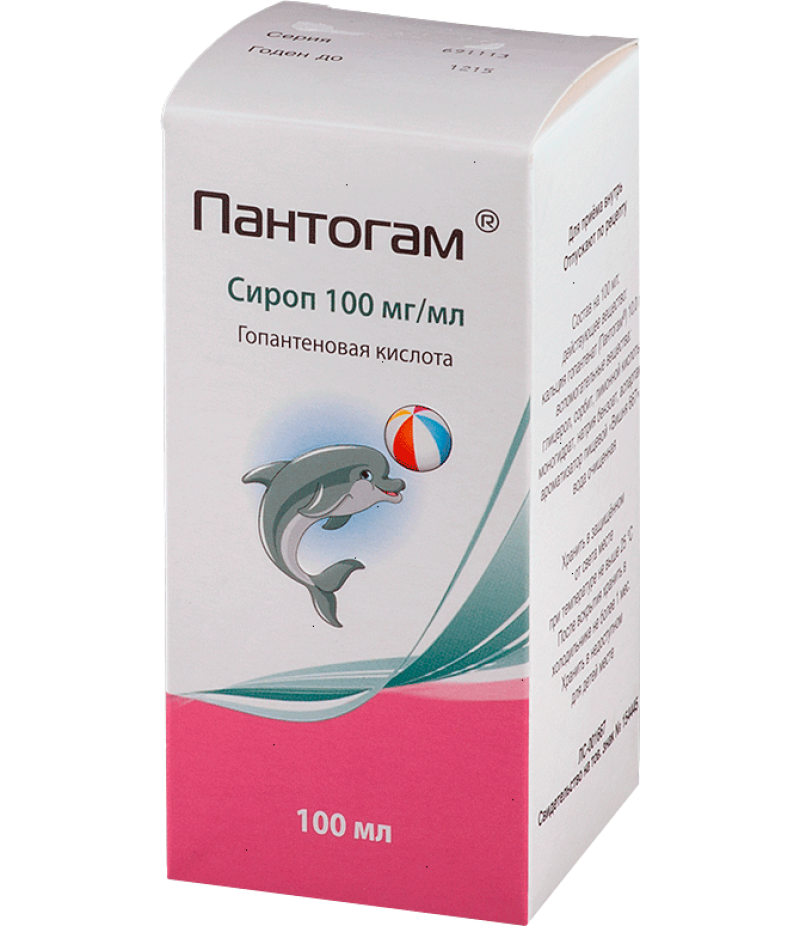Pantogam tabs 500mg #50
- $38.20
- 3 or more $36.99
- Availability:In Stock
User manual for PantogamReed more and buy Pantogam onlineCompositionINN (international non-proprietary name) is gopantenic acid.Tablets Pantogam1 tablet contains 250 mg or 500 mg of gepattenic acid -
Tags: tabs
User manual for Pantogam
Reed more and buy Pantogam online
Composition
INN (international non-proprietary name) is gopantenic acid.
Tablets Pantogam
1 tablet contains 250 mg or 500 mg of gepattenic acid - the active substance.
Auxiliary ingredients according to the mass content of the active ingredient:
3.1 mg or 6.2 mg of calcium stearate;
0.8 mg or 1.6 mg methylcellulose;
9.3 mg or 18.6 mg - talc;
46.8 mg / 93.6 mg of magnesium hydroxycarbonate.
Syrup Pantogam
1 bottle contains 10 g / 100 ml of gepattenic acid - the active substance.
Auxiliary Ingredients:
15 grams of sorbitol;
25.8 g of glycerol;
0.1 g of citric acid monohydrate;
0.05 g of aspartame;
0.1 g of sodium benzoate;
0,01 g - flavoring food "Cherry 667";
up to 100 ml - purified water.
Form of issue
Drug Pantogam produced in the form of:
flat-cylindrical white tablets of 250 mg or 500 mg, with a risk and chamfer, 50 tablets per package;
syrup colorless or slightly yellowish, with the smell of cherries, 1 bottle 100 ml per package.
pharmachologic effect
Nootropic.
Pharmacodynamics and pharmacokinetics
Medicine Pantogam has a spectrum of action, due to the presence in its structure of the neurotransmitter GABA. Directly affects the GABA (subtype B) receptor-channel complex. It shows anticonvulsant and nootropic activity, increases the resistance of the brain to toxic effects and hypoxia. In neurons, it activates anabolic processes, reduces motor excitability, stimulates physical working capacity and mental activity of the organism, combines moderate sedative effects with mild stimulating action.
With alcoholic intoxication of a chronic nature, and also with the refusal of alcohol improves the metabolism of GABA. It shows the ability to inhibit acetylation reactions, which take part in the mechanism of inactivation of sulfonamides and procaine (Novocain), as a result of which their action is prolonged. Prevents the pathological increase of the vesicle reflex and strengthening of detrusor tone.
When administered orally, gepattenic acid is rapidly absorbed from the digestive tract, has the ability to pass through the BBB, creates the highest concentrations in the walls of the stomach, liver, skin and kidneys.
It is not metabolizable and is excreted unchanged for 2 days. With feces, 28.5% of the drug and 67.5% of the urine are excreted.
Indications for use Pantogam
Indications for the use of Pantogam tablets for adult patients and children, starting from 3 years:
Cognitive impairment in neurotic disorders, as well as due to organic brain damage (including craniocerebral trauma and the consequences of neuroinfections);
extrapyramidal pathologies (hepatolenticular degeneration, parkinsonism, myoclonus-epilepsy, Huntington's chorea, etc.);
cerebrovascular insufficiency, provoked by atherosclerotic abnormalities in the vascular structure of the brain;
prevention, as well as the treatment of extrapyramidal syndrome (akinetic, hyperkinetic), due to the use of neuroleptics;
epilepsy, proceeding with inhibition of mental processes (appointed in conjunction with preparations of anticonvulsant action);
psycho-emotional overload, a decrease in physical performance and mental activity, in order to improve memory and concentration;
neurogenic changes in the process of urination (enuresis, frequent urination, imperative incontinence, imperative urges);
organic cerebral insufficiency in schizophrenia;
Children from 3 years of age are prescribed Pantogam tablets with perinatal encephalopathy, mental retardation of varying severity, delay in motor, speech, mental development, or a combination thereof. Also, with various forms of cerebral palsy, neurotic pathologies (tics, stuttering), hyperkinetic manifestations (hyperactivity syndrome with observable attention deficit).
Indications for use Pantogam for children from birth, in the form of syrup:
perinatal encephalopathy (appointed from birth);
Cerebral palsy of various severity;
delay in mental development of varying severity, including behavioral disorders;
pathology of psychological status (delayed development of mental or physical, specific pathology of motor functions, speech, and also their combination);
development of school skills in children (writing, reading, counting, etc.);
senile dementia in the initial forms;
hyperkinetic abnormalities, including attention deficit hyperactivity disorder;
lowering of mnestic-intellectual activity due to arteriosclerotic pathologies of cerebral vessels;
trauma, toxic or neuroinfectious effects on the brain;
neurosis-like conditions (stammering, inorganic encopresis, tics);
cerebral organic pathology in schizophrenia (in combination with psychotropic drugs);
extrapyramidal diseases (Parkinson's disease, Huntington's syndrome, hepatolenticular degeneration, myoclonus-epilepsy, etc.);
therapy and prevention of extrapyramidal syndrome, due to the administration of neuroleptics;
decreased performance, both physical and mental, psycho-emotional overload, in order to improve memory and concentration of attention;
epilepsy with inhibition of mental processes and a decrease in cognitive productivity (in combination with anticonvulsants);
disorders of urination of the neurogenic etiology.
Contraindications
Abstract on the drug Pantogam indicates the following contraindications to its use.
For tablets:
patient's age up to 3 years;
the period of breastfeeding;
period of pregnancy.
For syrup:
the first trimester of pregnancy;
phenylketonuria, because of the content of aspartame in the syrup.
Are common:
hypersensitivity to gopanthenic acid or other ingredients of syrup or tablets;
acute kidney pathology in severe form.
Side effects
As a rule, Pantogam therapy is performed without serious complications.
Sometimes side effects in the form of allergic reactions (rashes on the skin, conjunctivitis, rhinitis) are possible. In this case, reduce the dose of Pantogam or cancel therapy with its use.
Also, there was a noise in the head, sleep phase disorders or daytime sleepiness. These symptoms usually do not require withdrawal of treatment and are short-lived.
Instructions for use Pantogam (Method and dosage)
Medication Pantogam in the form of syrup and tablets is administered orally (orally) after ingestion, after 15-30 minutes.
The preferred time of reception is up to 16 hours a day.
Tablets Pantogam, instructions for use
The recommended single dose of Pantogam in the form of tablets for adult patients is 250 mg to 1000 mg, the daily dosage is 1500 mg to 3000 mg.
Children from 3 years of age are prescribed tablets in a single dose, ranging from 250 mg to 500 mg, the daily dosage is 750 mg to 3000 mg.
The course of therapy usually takes from 30 to 120 days, in some cases up to six months. After a 3 or 6-month break, you can re-course.
When combined therapy for epilepsy appoint Pantogam in a daily dose of 750 mg - 1000 mg, for a year or more.
With the combined treatment of extrapyramidal neuroleptic syndrome, up to 3 g of the drug is taken for several months.
In the combination therapy of extrapyramidal hyperkinesis in patients with hereditary pathological states of the nervous system, a daily dose of 500 mg to 3000 mg is recommended, for up to 4 months and even more.
For leveling the consequences of TBI and neuroinfections - 0.25 g (250 mg) of Pantogam with reception 3-4 times during the day.
To resume working capacity for asthenia and excessive loads - 3 times a day for 250 mg.
For the therapy of extrapyramidal syndrome, due to the administration of antipsychotics, adults are recommended to adults 500 mg to 1000 mg, three times a day; for children the recommended dosage is from 250 mg to 500 mg in 3-4 doses. Treatment lasts from 1 to 3 months.
Children with ticks are prescribed for 3-6 doses per day in a dose of 250 mg to 500 mg, for 1 to 4 months.
With violations during urination, adult patients take Pantogam tablets 2-3 times daily for 500 mg - 1000 mg; children of child age of 250 mg - 500 mg (the recommended daily dose varies from 25 mg to 50 mg per kilogram of weight). The course of therapy is carried out for 1 - 3 months.
Depending on the age, children with various diseases of the nervous system are prescribed from 1 to 3 grams of Pantogam.
The scheme of admission is usually reduced to increasing the dose for 7-12 days, after which the maximum dose of Pantogam should be taken within 15-40 days, with a slow decrease in the maximum dose (7-8 days) until the drug is completely discontinued.
If it is necessary to conduct a repeated course of therapy, the break should be from 1 to 3 months.
Syrup Pantogam, instructions for use
Adult patients are prescribed a single dose of 250 mg - 1000 mg, the daily dosage is 1500 mg - 3000 mg.
Children from 0 months are recommended a single dose of 250 mg - 500 mg, daily dosage is 750 mg - 3000 mg.
Therapy is carried out for 1 to 4 months, less often up to 6 months. Re-appointment of Pantogam is possible after a break of 3-6 months.
The recommended range of daily doses for children, depending on the pathology and age, is:
from 0 to 12 months - 500 mg - 1000 mg;
up to 3 years - 500 mg - 1250 mg;
from 3 to 7 years - 750 mg - 1500 mg;
over 7 years - 1000 mg - 2000 mg.
Tactics of therapy recommends increasing the daily dose for 7-12 days, after which the maximum dose should be taken within 15-40 days or more, with a gradual decrease in the dose (7-8 days), until the drug is discontinued . The course of therapy is from 30 to 90 days (in the treatment of certain diseases up to 6 months and even more).
With combined therapy of epilepsy with concurrent administration of anticonvulsants, 750 mg to 1000 mg per day is prescribed. Treatment lasts for 12 months or more.
When combined treatment of schizophrenia with a joint intake of psychotropic drugs 500 mg - 3000 mg per day is recommended, with a course of treatment from 30 days to 3 months.
In the treatment of neuroleptic syndrome, with concomitant extrapyramidal disorders, take a daily dose of the drug, which is up to 3000 mg of syrup. Therapy is carried out for several months.
In the treatment of the consequences of TBI and neuroinfections, a daily dosage of 500 mg to 3000 mg is prescribed.
When extrapyramidal hyperkinesis, to treat patients with organic pathologies of the nervous system, recommend a daily dose of syrup from 500 mg to 3000 mg. The course of therapy is up to 4 months or more.
Reception of syrup with the purpose of restoration of working capacity at an asthenia and excessive loadings are carried out three times a day in a dose of 250 mg - 500 mg.
Children with micturition disorders are prescribed 250 mg to 500 mg, with a daily dose equaling 25 mg to 50 mg per kilogram of weight. The course of therapy lasts from 30 days to 3 months; for adults shows the intake of syrup 2-3 times a day, 500 mg - 1000 mg.
When performing long-term therapy, concurrent administration of drugs with identical action is not recommended.
Overdose
In case of Pantogam overdose, symptoms of side effects may be increased, in particular: head noise, drowsiness or sleep disturbance.
It is recommended to perform symptomatic therapy with gastric lavage and the appointment of Activated Carbon.
Interaction
Pantogam, with a combined admission with barbiturates prolongs their effect.
When combined with anticonvulsants, they increase their effectiveness.
Prevents side effects of carbamazepine, phenobarbital, neuroleptics.
Potentiates the effects of drugs for local anesthesia (Procaine).
The effect of Pantogam is enhanced by complex treatment with etidronic acid and glycine.
Storage conditions
To be stored at a temperature not exceeding 25 ° C.
Shelf life - 4 years;
Children
Pantogam for children in the form of tablets is used only at the age of 3 years, since birth, it is possible to take a drug for children in the form of a syrup.
Reviews of doctors about pantogam tablets, in the treatment of many neurological diseases in children from the age of 3, in 99 cases out of 100 positive. High efficiency of the therapy is noted with minimal side effects. It is worth noting that the effect of the drug does not come immediately, but more often, 1-1.5 months after the first intake.
Side effects of Pantogam in children are rare and most often involve drowsiness or sleep disturbance. It is possible that these manifestations depend on the time of taking the drug, which is not recommended to be taken after 4 hours of the day.
In the user forums devoted to medicines for the therapy of various children's neurological pathologies, the discussion of Pantogam for children is not a small place. Feedback from visitors to the forum, with hyperactivity, stammering, mental and physical activities, tics, lack of attention, problems with urination, etc. mostly positive.
Recall that Pantogam in the form of tablets does not have a sufficient base of clinical studies, as well as physically uncomfortable for admission to infants, from which tablets Pantogam is not prescribed for children under 3 years old.
Newborns
Drug Pantogam for newborns can be prescribed only by an experienced pediatrician, since it is very difficult to notice the deficiencies of a child's development at this age.
Speaking about the effectiveness and appropriateness of prescribing Pantogam for newborns, parents' responses are quite contradictory. Some are grateful to the doctors for the timely finding of a problem in the development of their own child and note his further full-fledged formation, others have neglected the advice of the pediatrician and also did not feel any pathological changes.
In any case, even with an unreasonable appointment, Pantogam syrup practically does not exhibit side effects, and in case of real problems, certainly, it will help to solve them. After all, often the price of a timely medication can be scanty compared to the possible negative consequences of inaction.
In pregnancy and lactation
The drug Pantogam in the form of tablets is contraindicated in pregnancy and breastfeeding.
In the form of syrup, it is not recommended to take it in the first trimester of pregnancy.
Reviews of Pantogam
Tablets Pantogam, for the treatment of various neurological disorders, indicated in the instructions for use, receive positive feedback from doctors who use them in their practice. When taking adults, reviews about Pantogam speak about the excellent results of the therapy. 98% of patients are absolutely satisfied with the result of treatment and are ready to trust this drug in the future.
When taking children, reviews about Pantogam are no less positive, including reviews of tablets, when they are taken by children from 3 years of age, and reviews about Pantogam syrup for children starting from 0 months.
For infants, reviews about Pantogam are more diverse and do not come to unequivocal opinion. The thing is that many parents do not trust their pediatricians and often do not follow their recommendations, preferring self-treatment and "natural" development of the child. It is worth noting that not infrequently they are really right and the normal formation of the baby passes without any medications.
To place the infants correctly diagnosed, and to conduct adequate treatment, only an experienced and respectable pediatrician is capable. Anyway, you decide to take any treatment for a child, so approach it with all responsibility, taking into account the opinion of several doctors and your own intuition.
Which is better: Pantogam or Pantokaltsin?
In fact, Pantogam and Pantokaltsin are synonyms, that is, in their composition the active ingredient is the same substance. Judging by the opinions of specialists, the effectiveness and cost of these drugs is almost identical. In this regard, the interchangeability of these drugs is possible.

